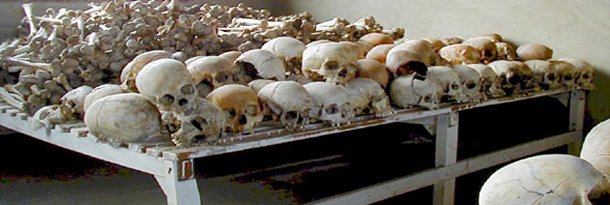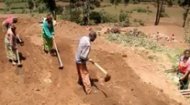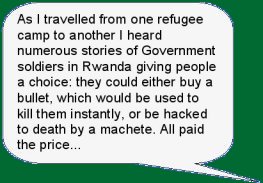|
Rwanda Genocide |
Rwanda Genocide |
Rwanda Genocide | Rwanda Genocide |
For information, videos and photos of
the African nation of Rwanda, check out our Rwanda pages.
More >
|
|

|
Others such as French President Francois Mitterrand allegedly stated after the event "In such countries, genocide is not too important…" Whilst former President Bill Clinton reiterated his apology of 1998 on a visit to Kigali on 23rd July 2005 when he expressed regret for his "personal failure" to intervene in the genocide. Today, nearly two decades after these events, genocide suspects still live in various countries across Africa and the wider world however the Rwandan government continues to pursue those suspected of genocide crimes with regular applications for extraditions. However pursuing those deemed responsible cannot heal the wounds of the genocide with a recent UNICEF study finding that 96% of children interviewed in Rwanda had witnessed the massacres and 80% of all children had lost at least one family member. Today there is a memorial centre in Kigali close to the centre of the city. Perhaps the most moving area is the "Children's Room" featuring photographs by their parents of local children happy laughing and playing, just days before they were killed. |
|
|













